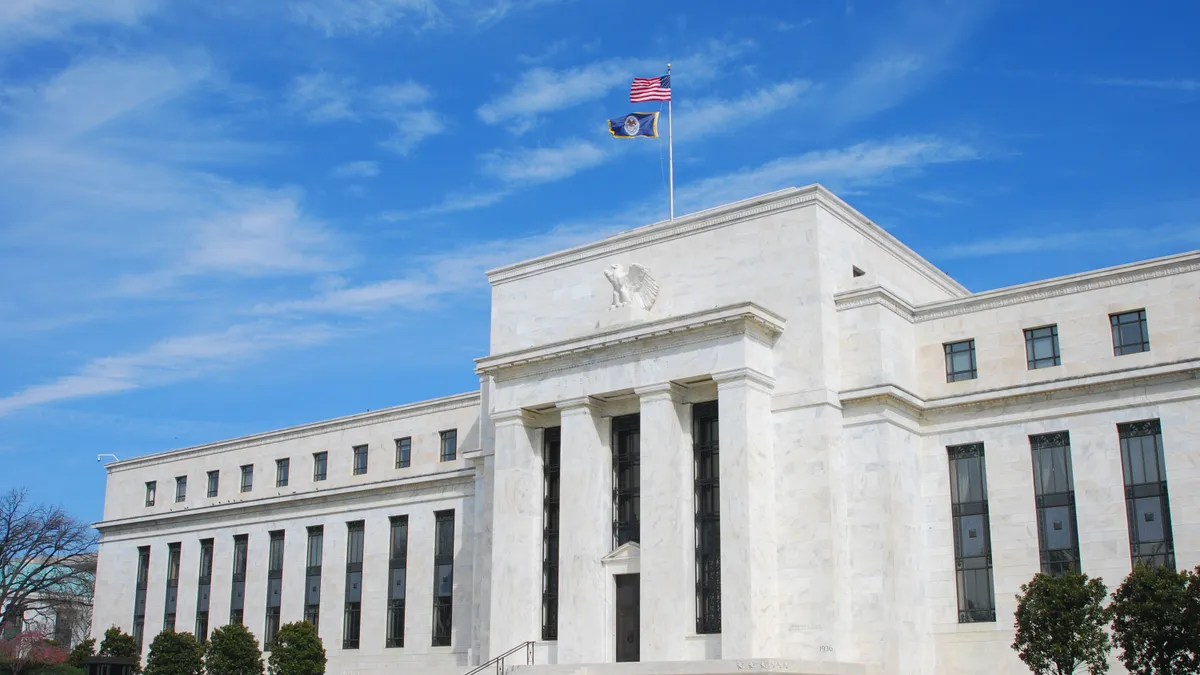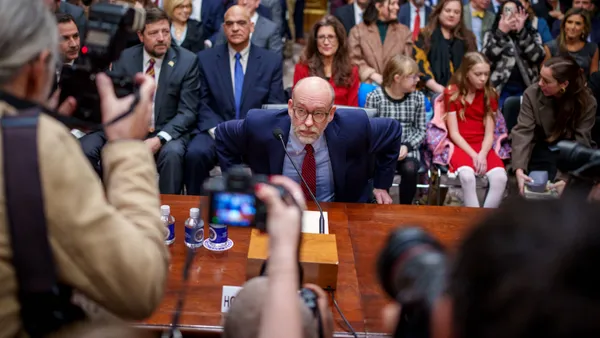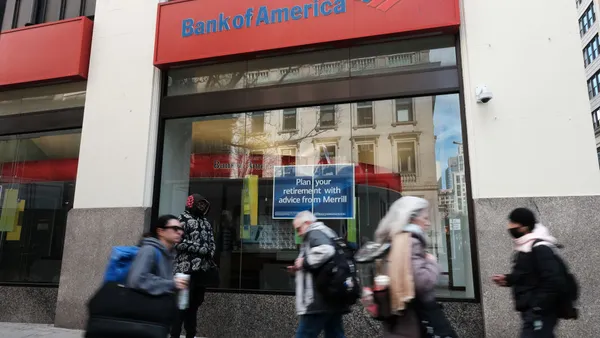Federal Reserve Chair Jerome Powell signaled Friday that interest rate cuts are coming, although he left the door open on the size or pace of such cuts.
During remarks at the Federal Reserve Bank of Kansas City’s annual policy forum in Jackson Hole, Wyoming, the central bank’s chair said “the time has come for policy to adjust.”
“The direction of travel is clear, and the timing and pace of rate cuts will depend on incoming data, the evolving outlook, and the balance of risks,” Powell said during his roughly 15-minute speech, seeming to confirm rate-cut expectations for September.
The current federal funds rate, which the Federal Open Market Committee set in July 2023, is between 5.25% and 5.5% – the highest it’s been in more than two decades. The current level leaves “ample room” to respond to risks while appropriately “dialing back” policy restraint, Powell said.
In taking a restrictive monetary policy approach the past two years to tame inflation that far exceeded the Fed’s 2% goal, the FOMC has sought to restore price stability while ensuring the labor market remained robust, to steer clear of unemployment spikes, Powell noted at the outset. “While the task is not complete, we have made a good deal of progress toward that outcome.”
That approach has helped restore supply and demand balance, “easing inflationary pressures and ensuring that inflation expectations remained well anchored,” he said. Although inflation remains above the Fed’s target, it’s consistently declined in recent months.
“My confidence has grown that inflation is on a sustainable path back to 2 percent,” Powell said.
Meanwhile, the labor market has cooled, and with unemployment at 4.3% – almost a full percentage point higher than it was in early 2023 – “we do not seek or welcome further cooling in labor market conditions,” he said. As the Fed remains “attentive” to risks on both sides, “the downside risks to employment have increased,” Powell noted.
Reflecting on lessons learned
Powell also spent several minutes recapping and musing on the unique factors of the COVID-19 pandemic-era economy – such as the spike in consumer goods spending and Russia’s invasion of Ukraine – and the FOMC’s thinking during this time.
The Fed, along with many others on what Powell labeled “the good ship Transitory,” initially judged that inflation would be fleeting before the “data turned hard” against that hypothesis, necessitating a strong policy response.
“I think I see some former shipmates out there today,” Powell quipped, prompting some laughter from the crowd.
The Fed was “utterly committed” to keeping inflation from becoming entrenched, as it did during the 1970s, and its actions “forcefully demonstrated” the commitment to getting it under control, he said.
Powell, seeming to pat the FOMC on the back, also weighed in on the “welcome and historically unusual result” of inflation falling even while unemployment has remained low. He linked that result to “anchored inflation expectations,” which reflect the public’s confidence that the Fed will keep inflation in check.
Pandemic-era supply and demand imbalances and energy and commodity market shocks fueled high inflation, and reversing those was key to inflation’s decline, even though doing so took longer than expected, he said. Additionally, labor market moderation largely came by way of the sky-high job vacancies level normalizing without widespread layoffs.
Although some believed curbing inflation might require slack in the economy, particularly in the job market, “an important takeaway from recent experience is that anchored inflation expectations, reinforced by vigorous central bank actions, can facilitate disinflation without the need for slack,” Powell said.














